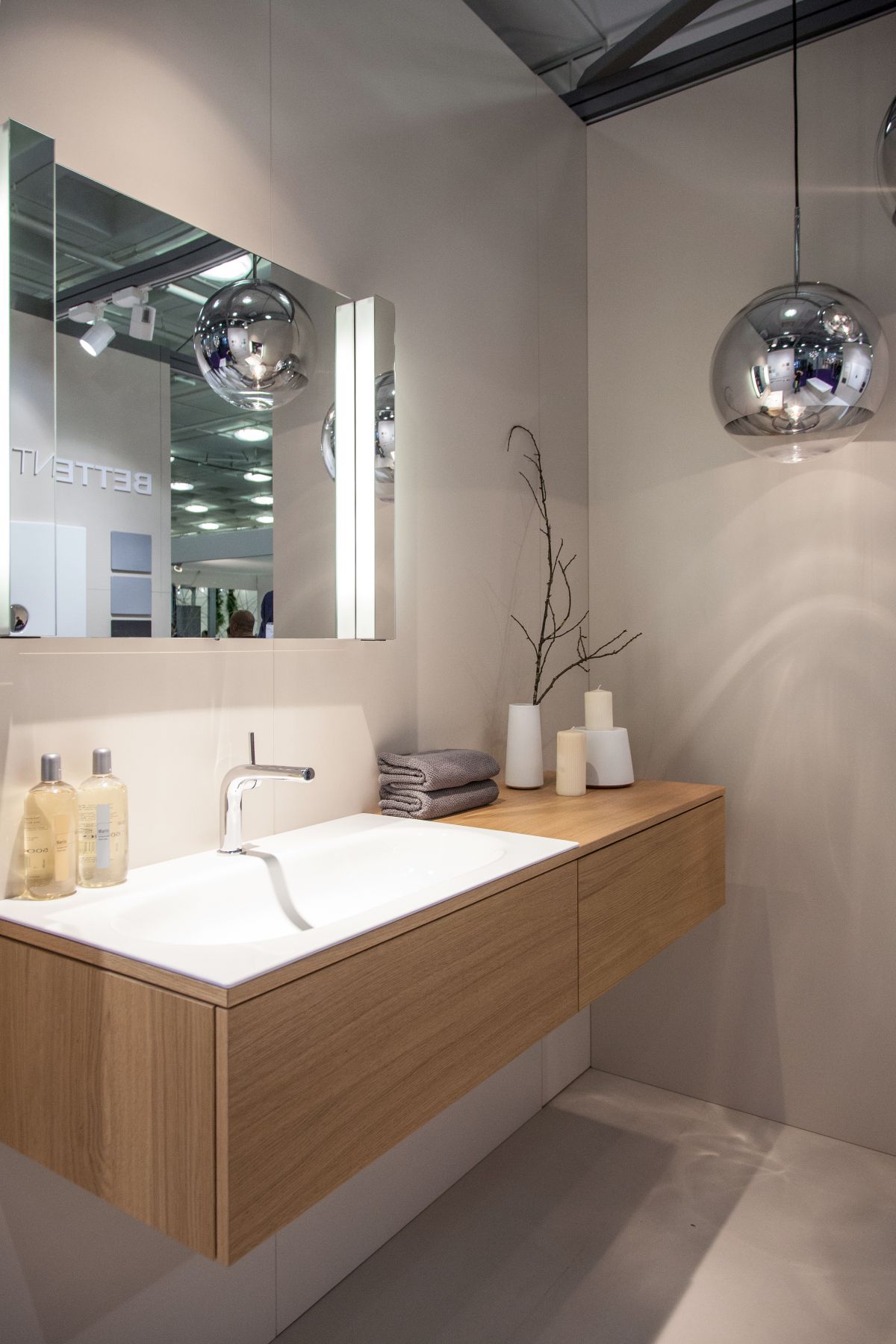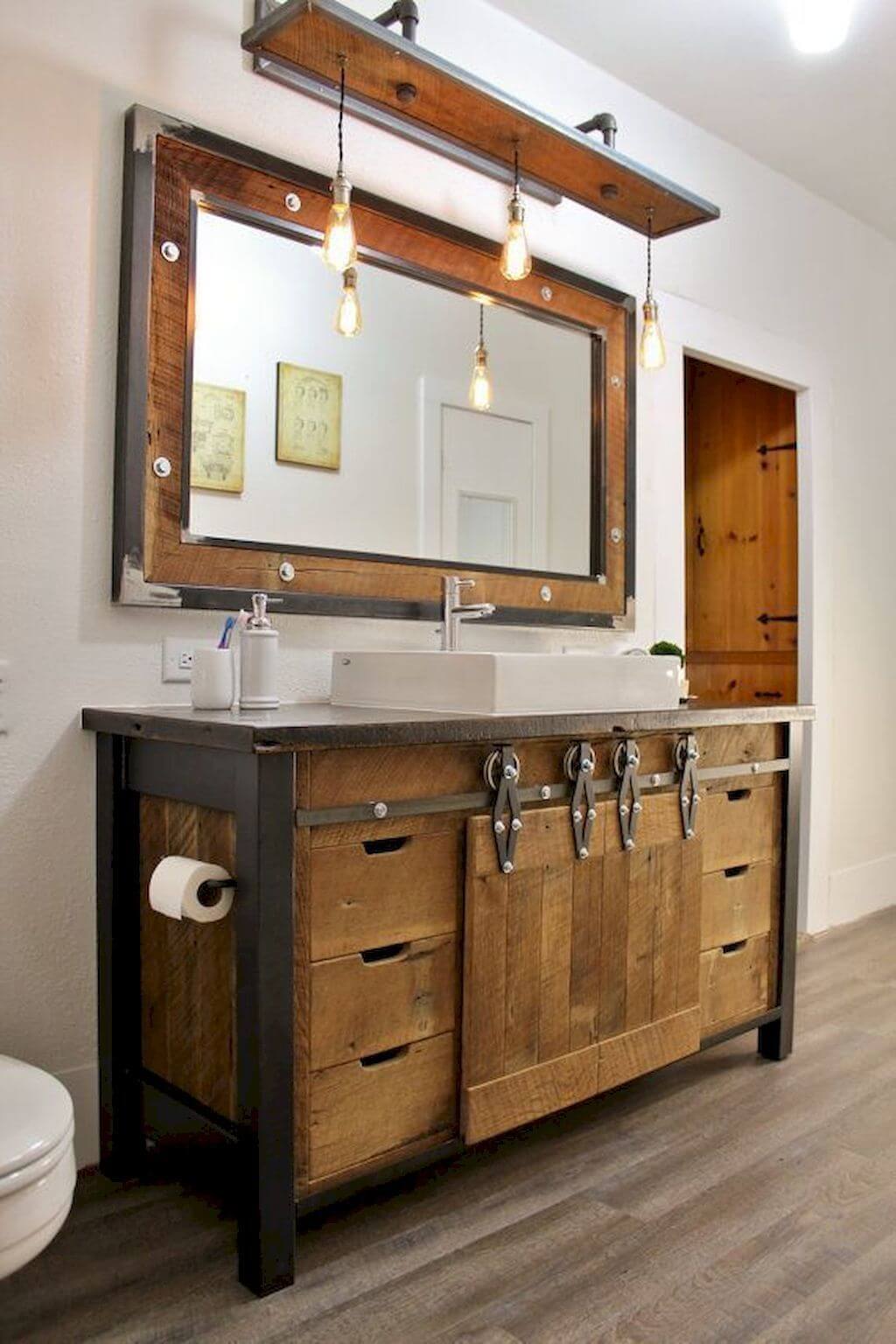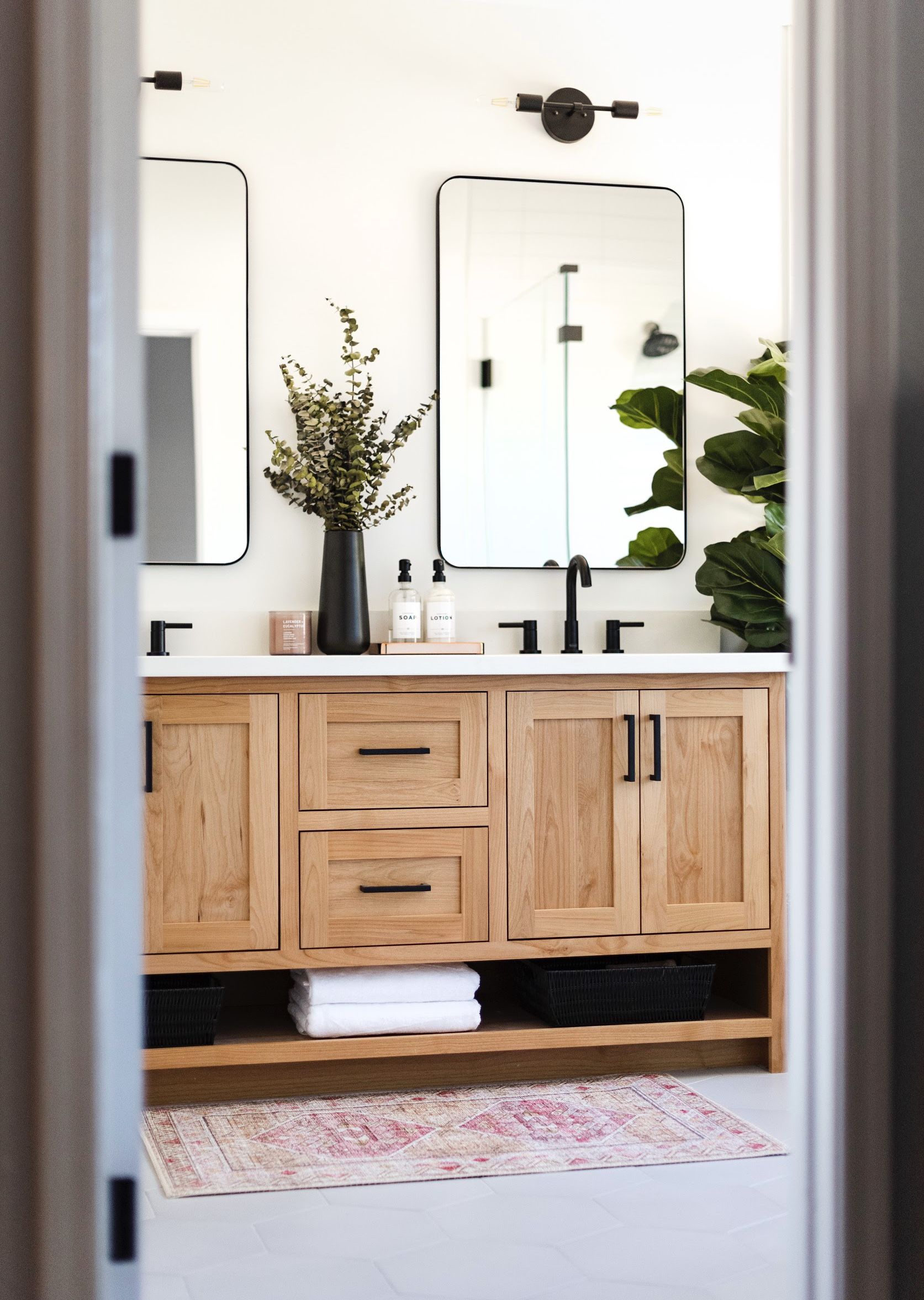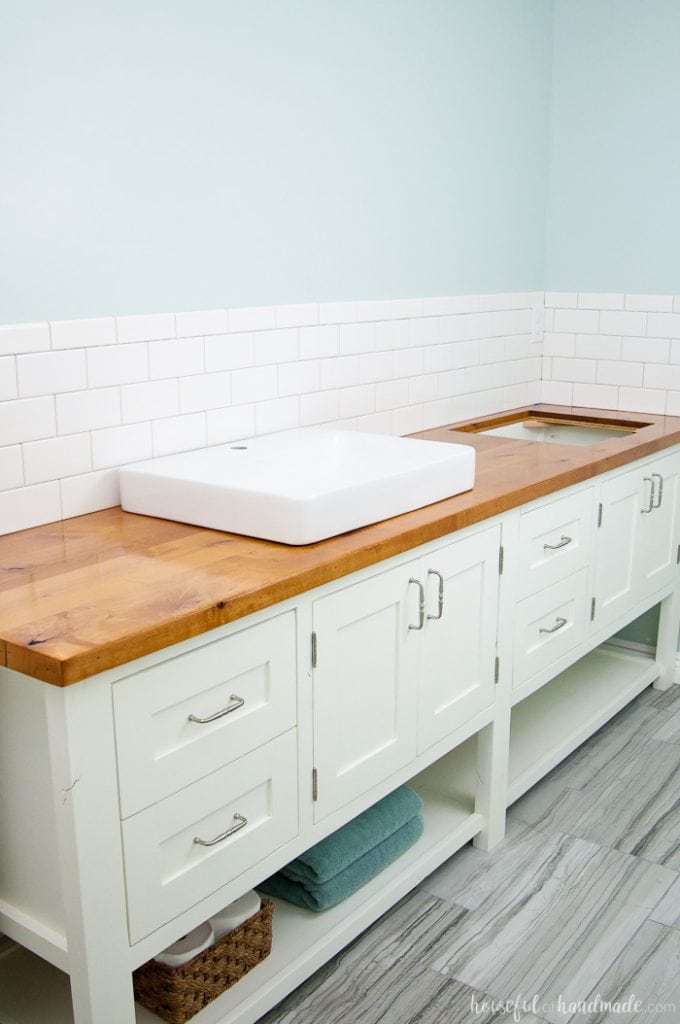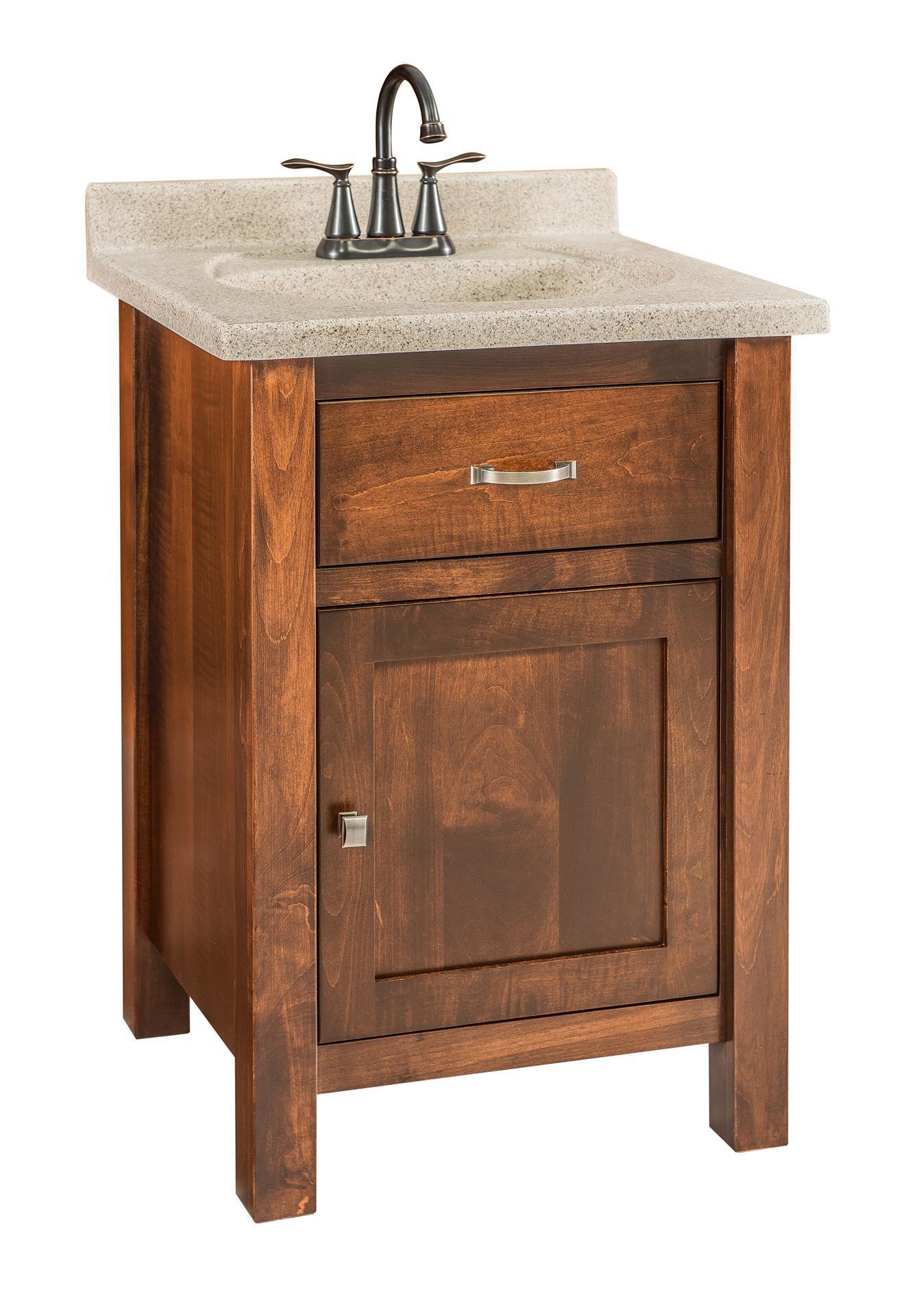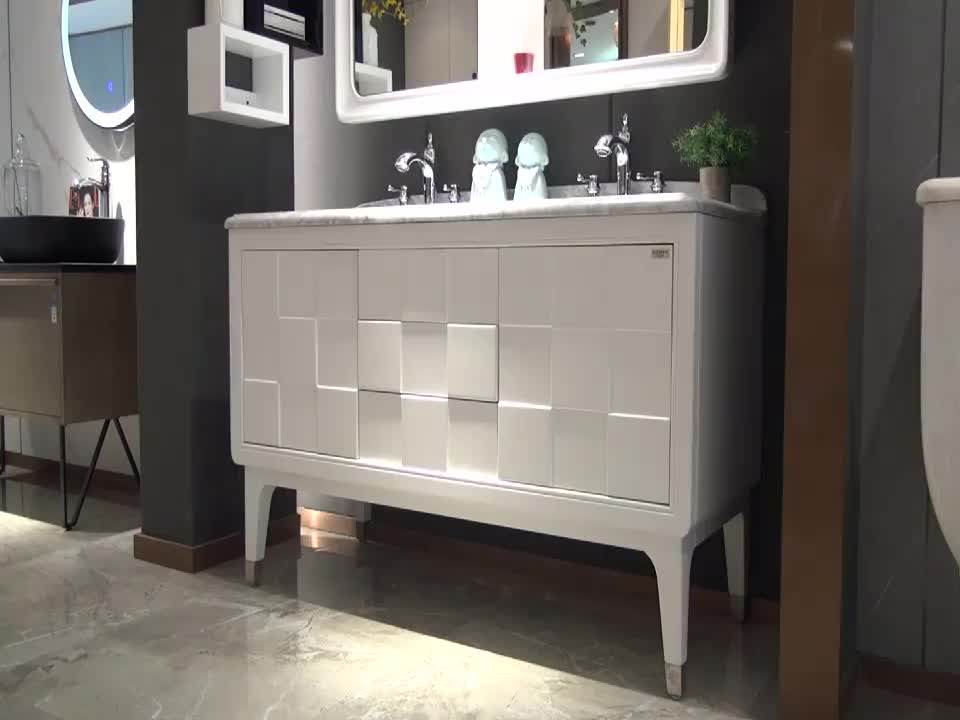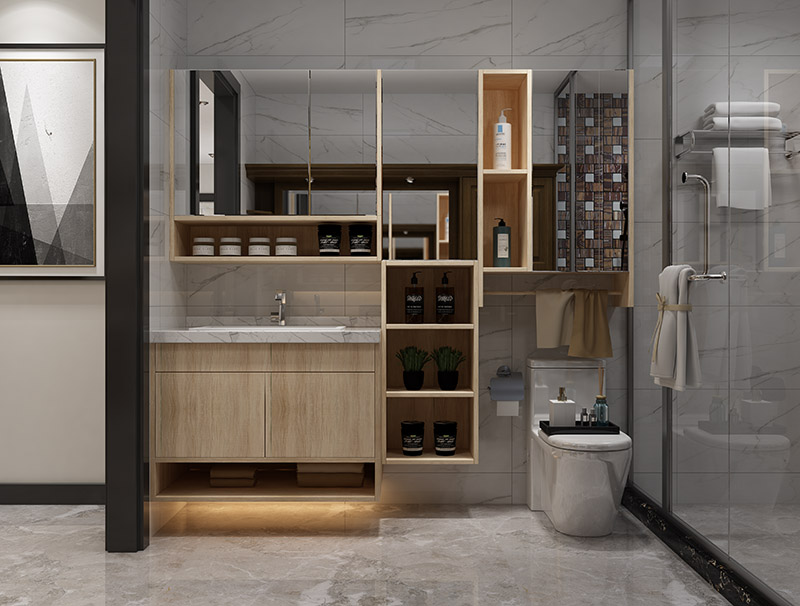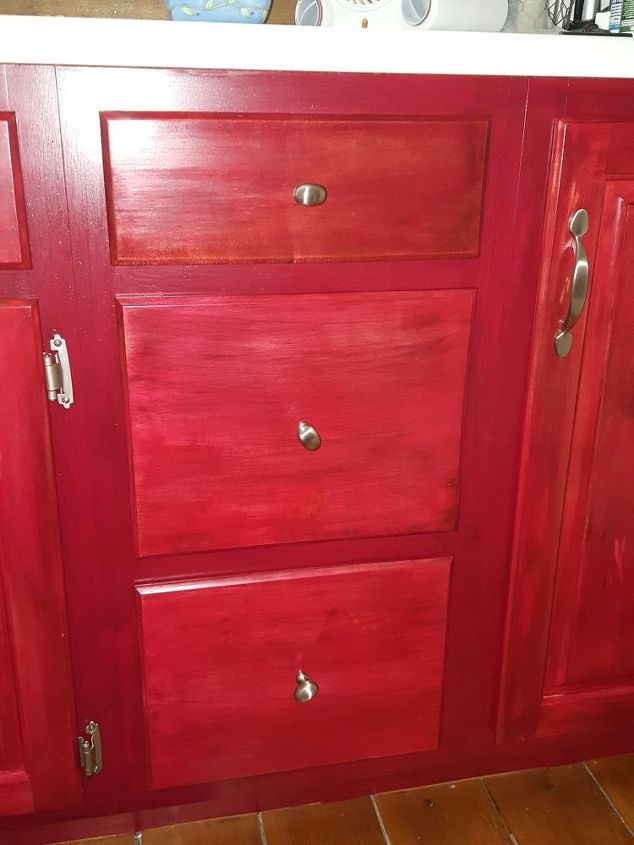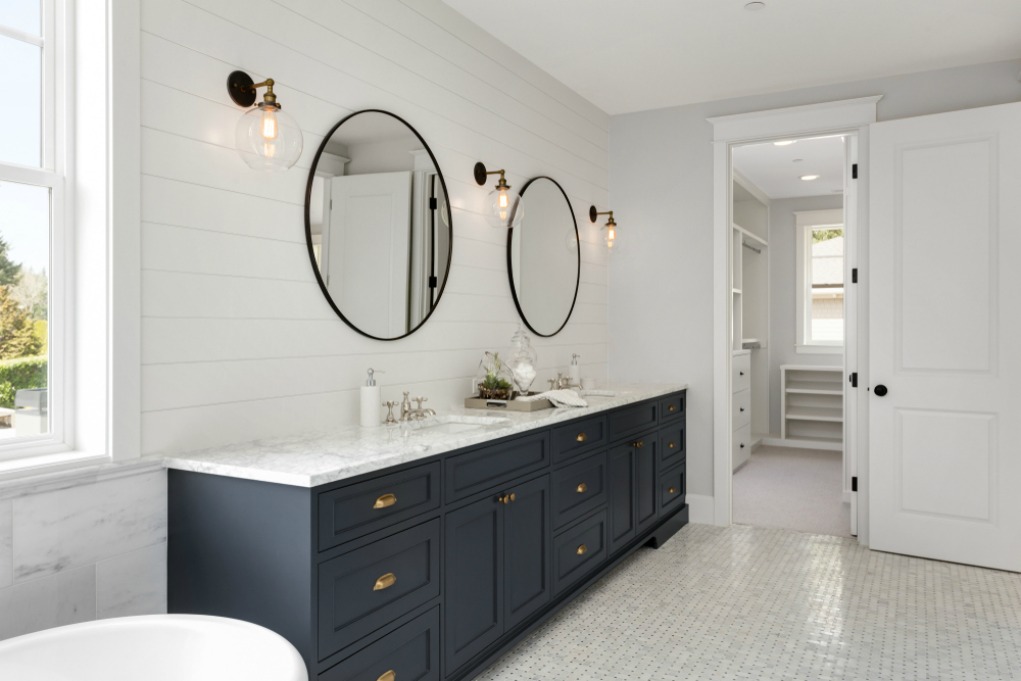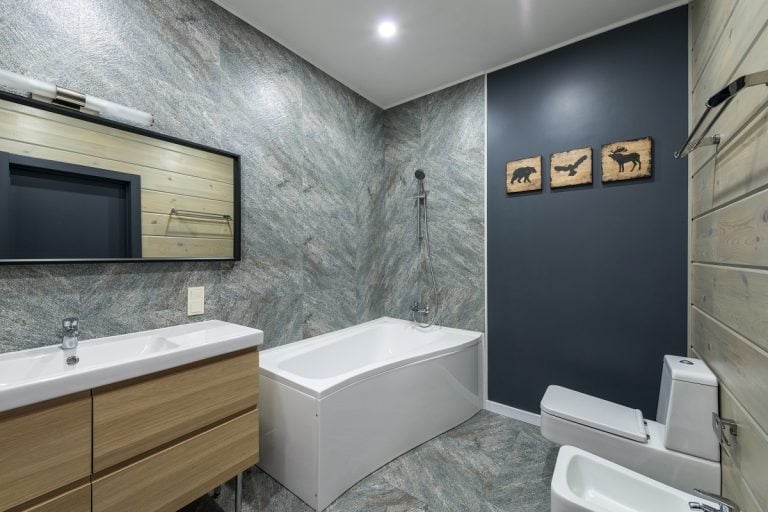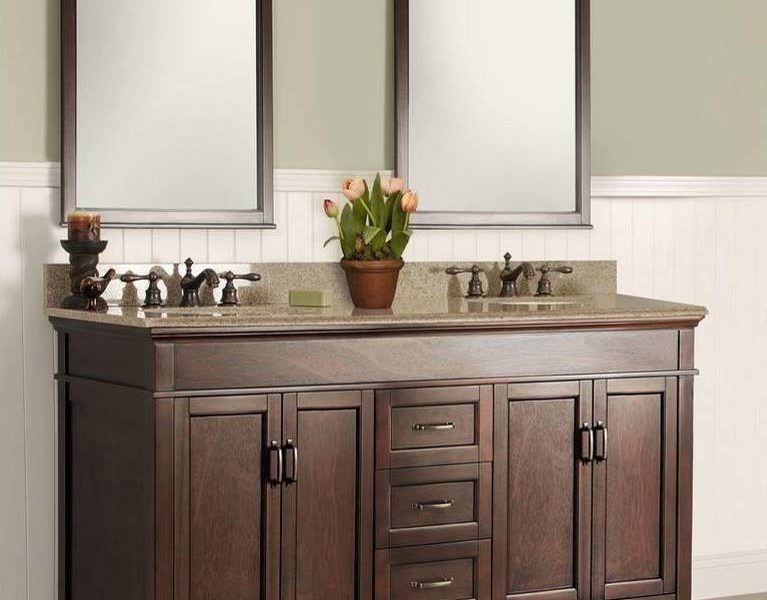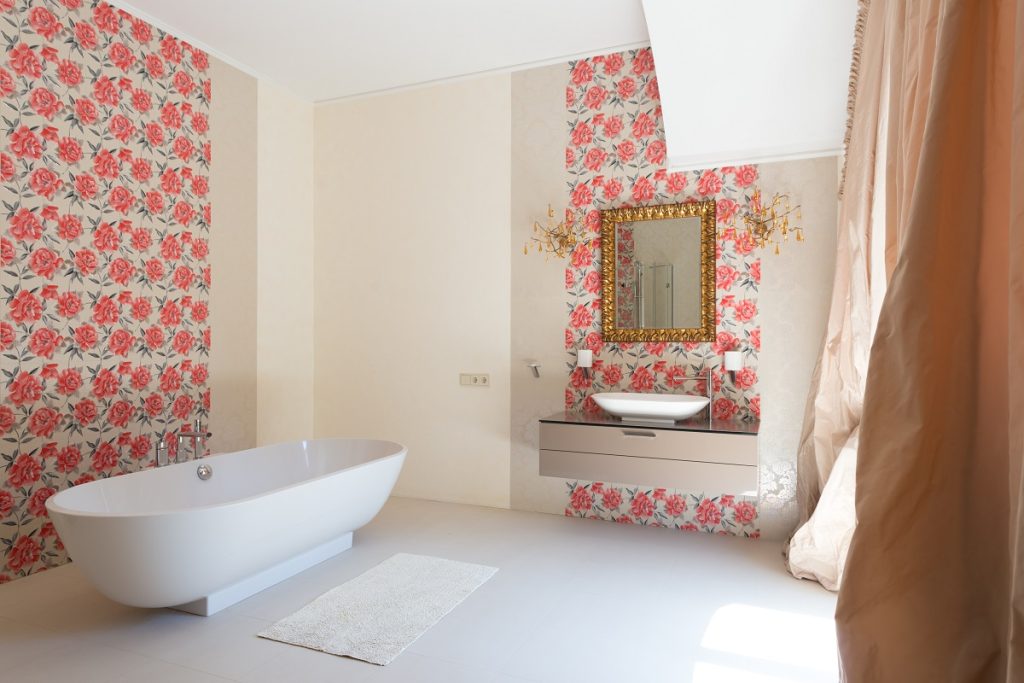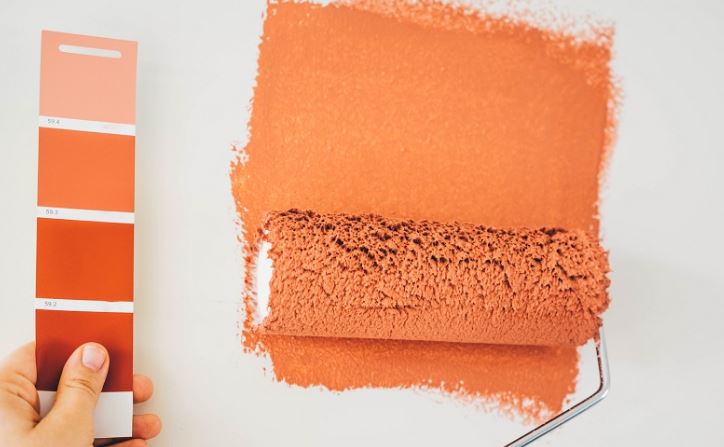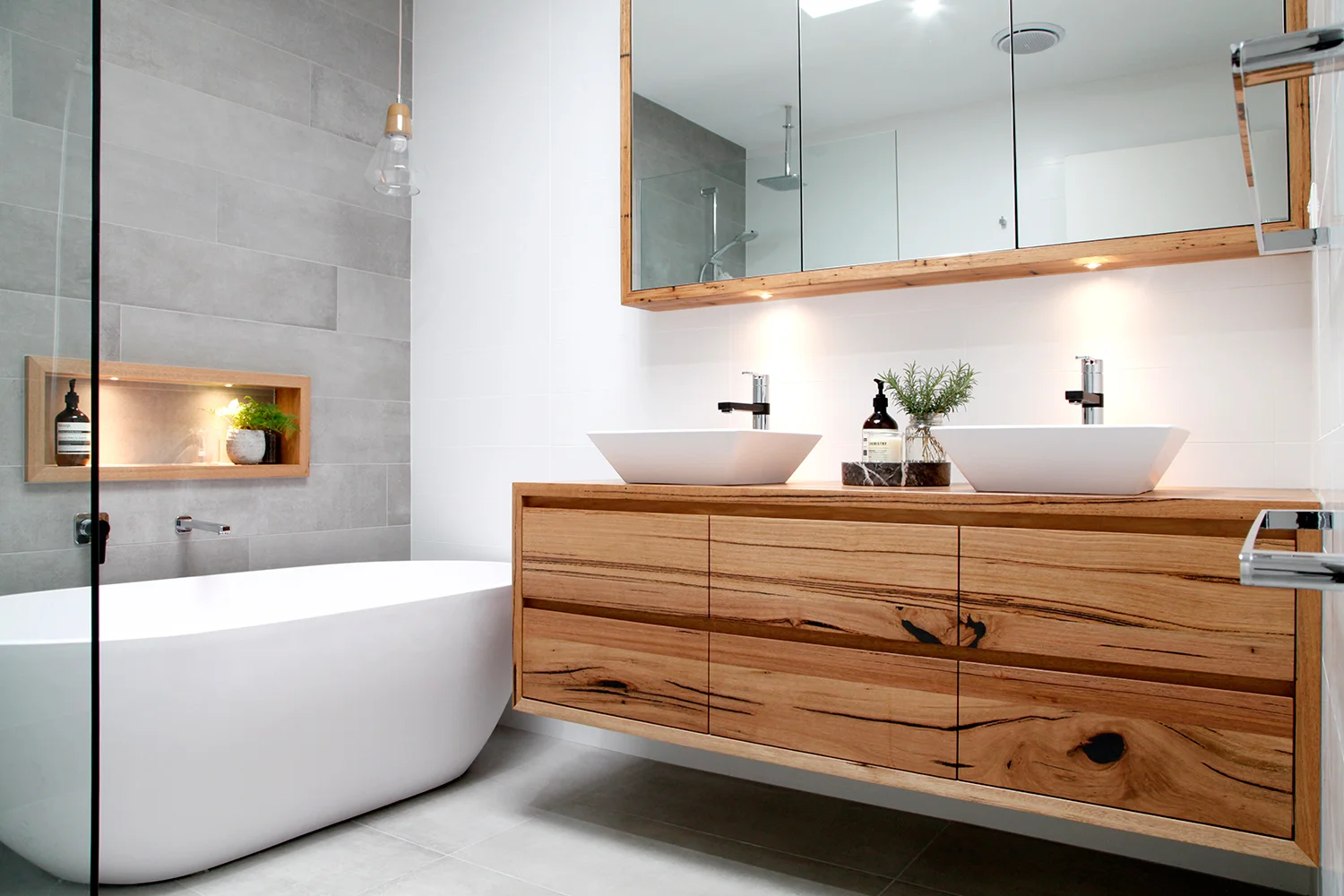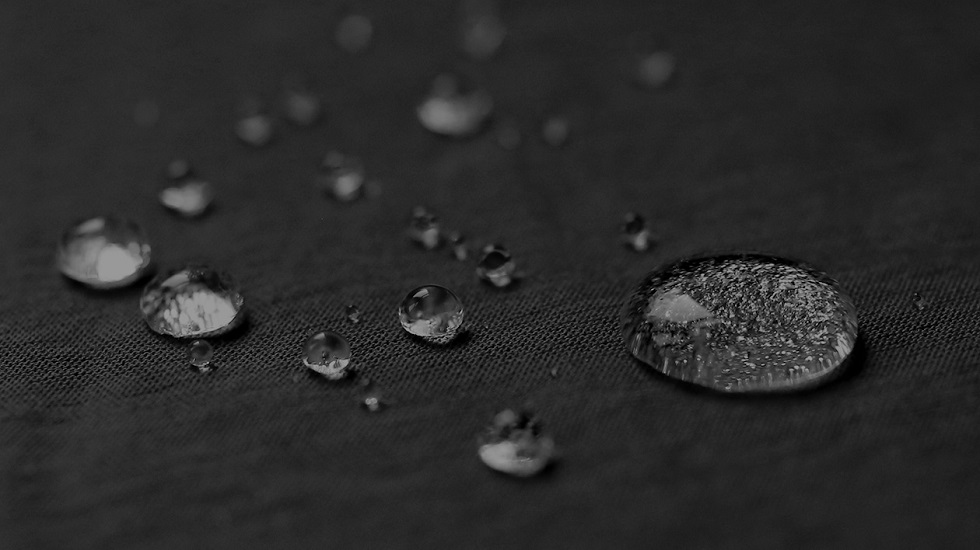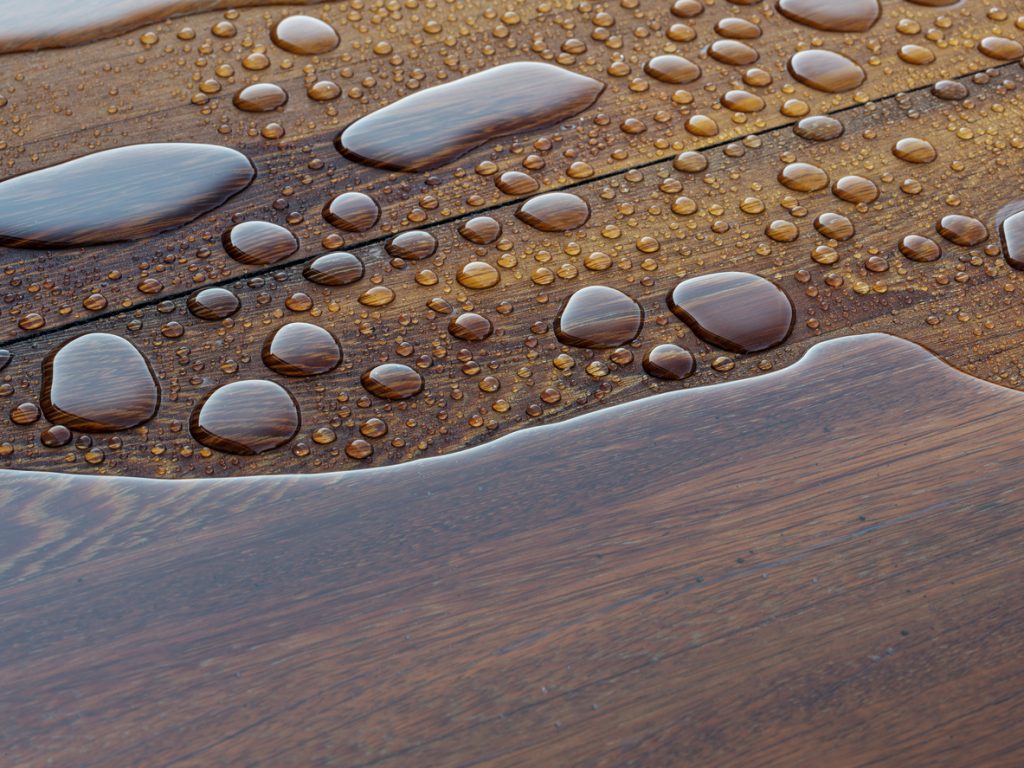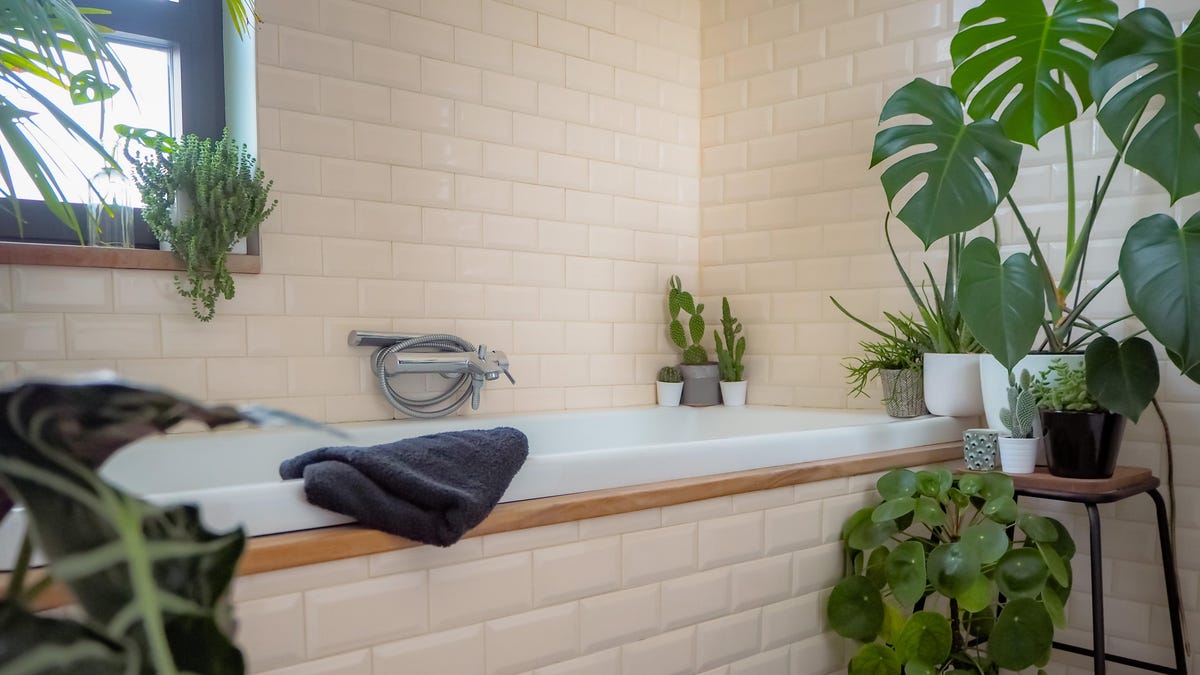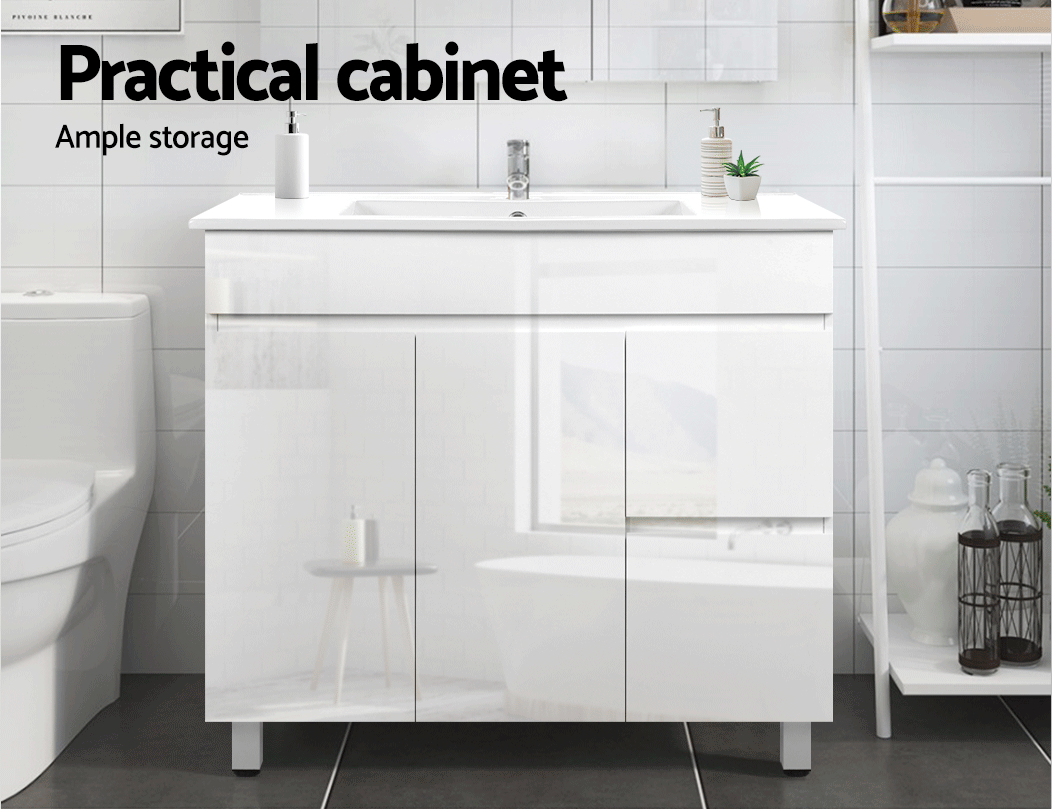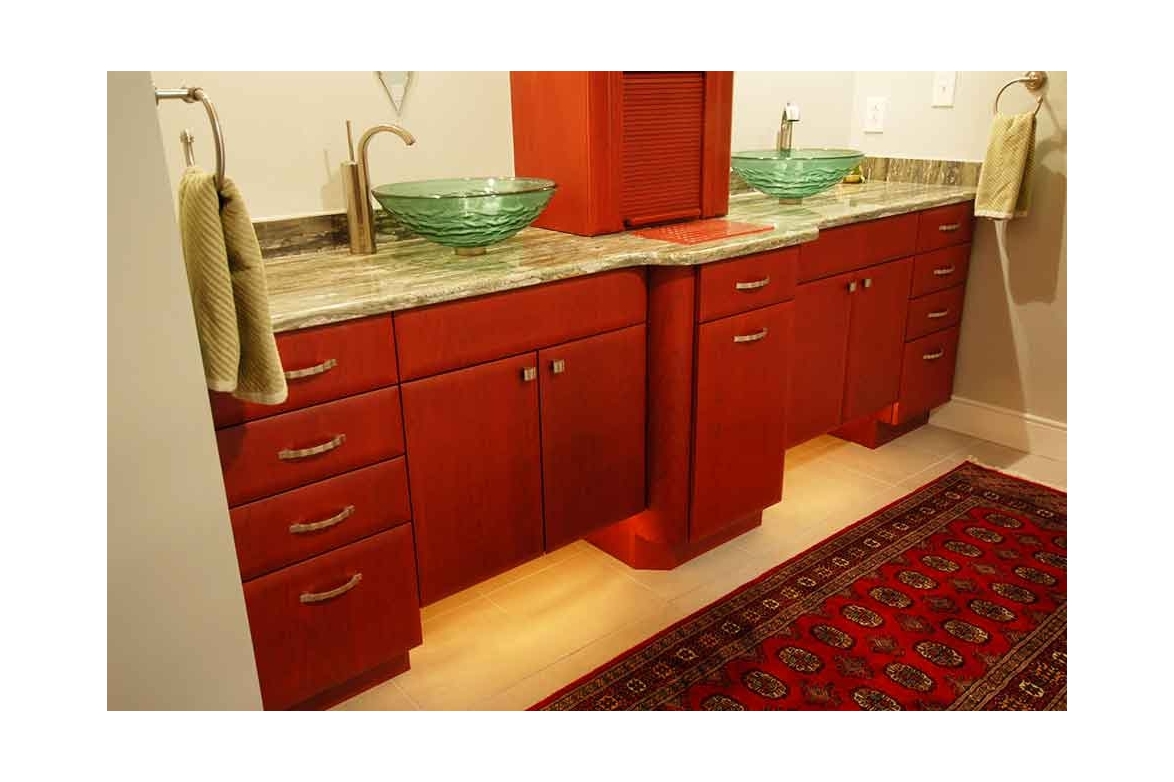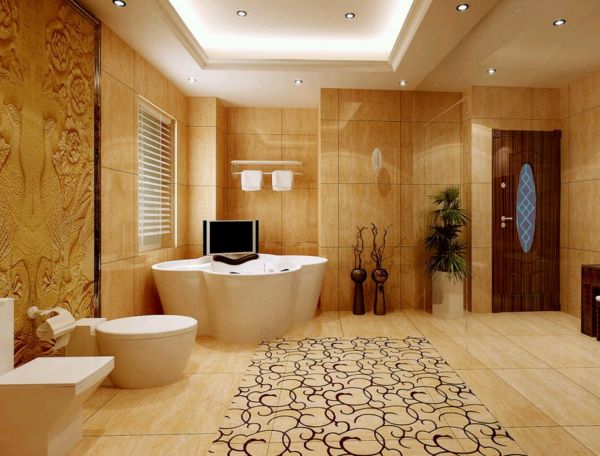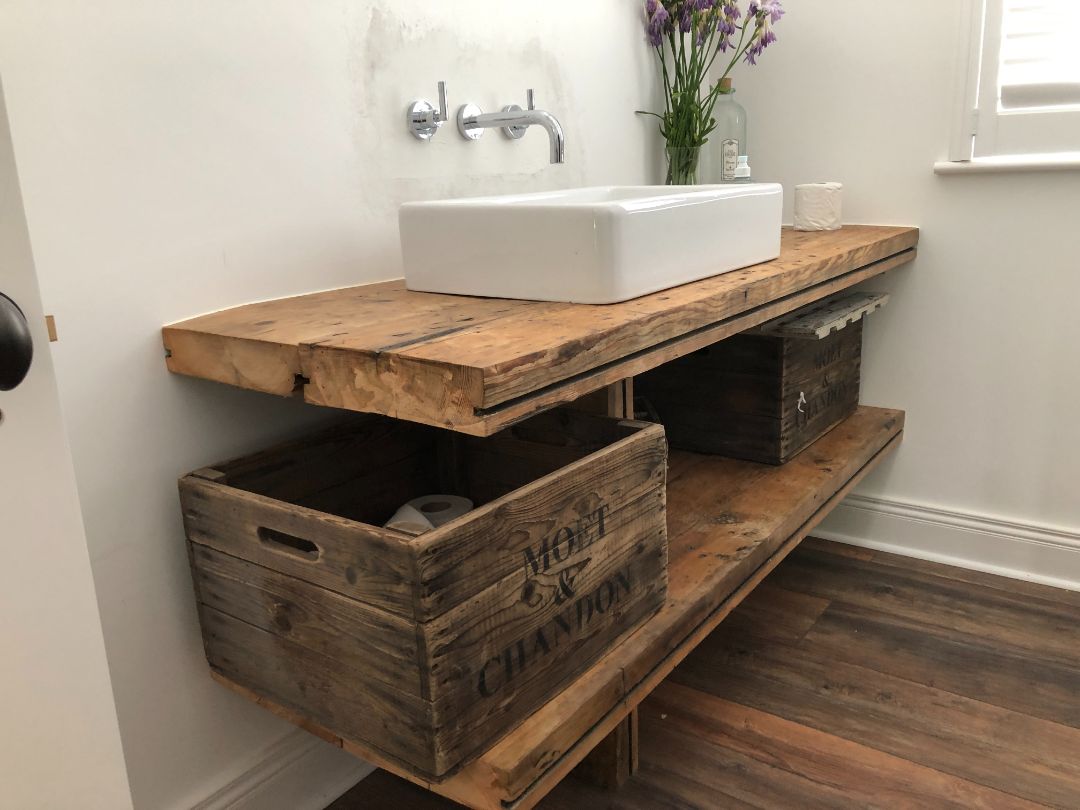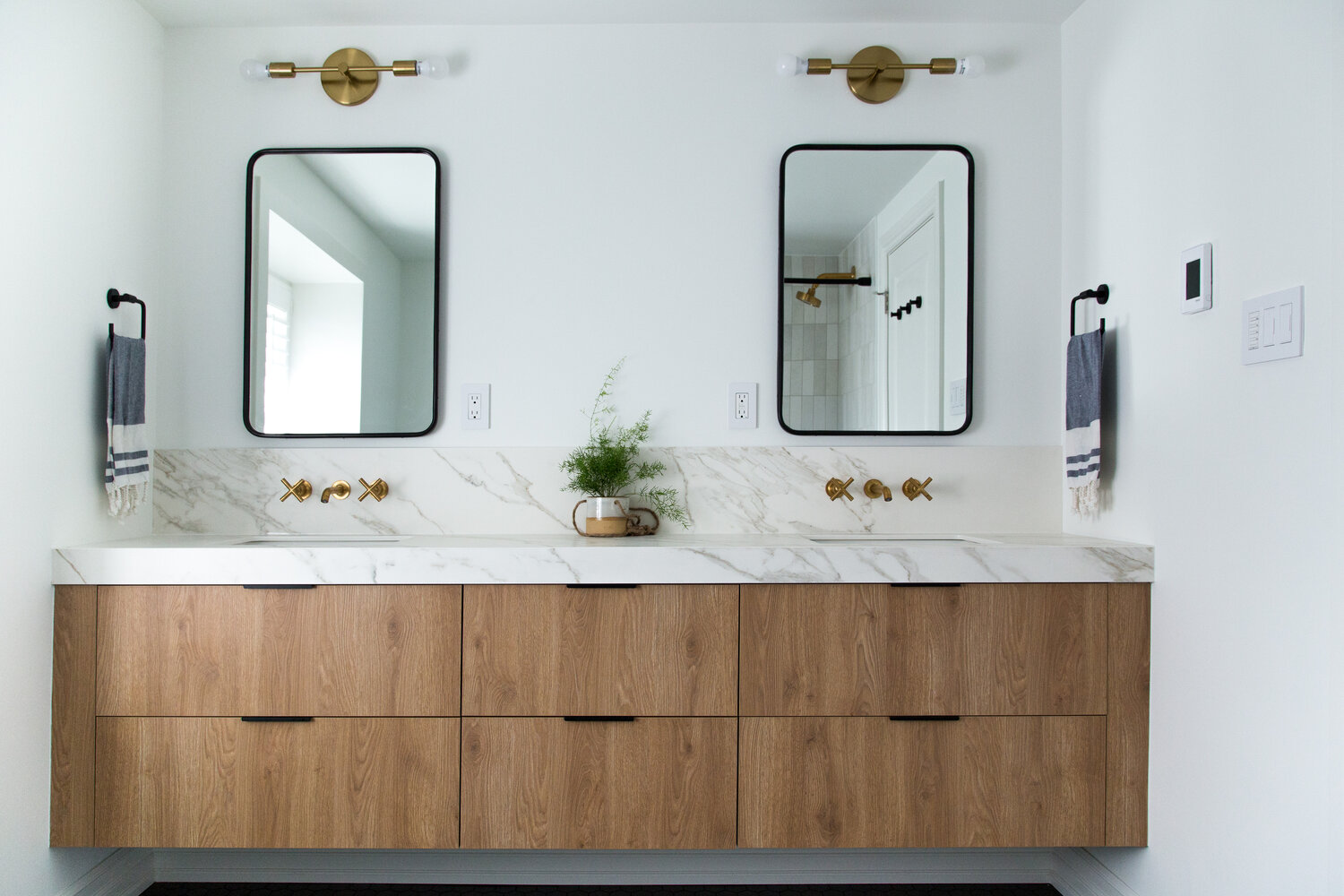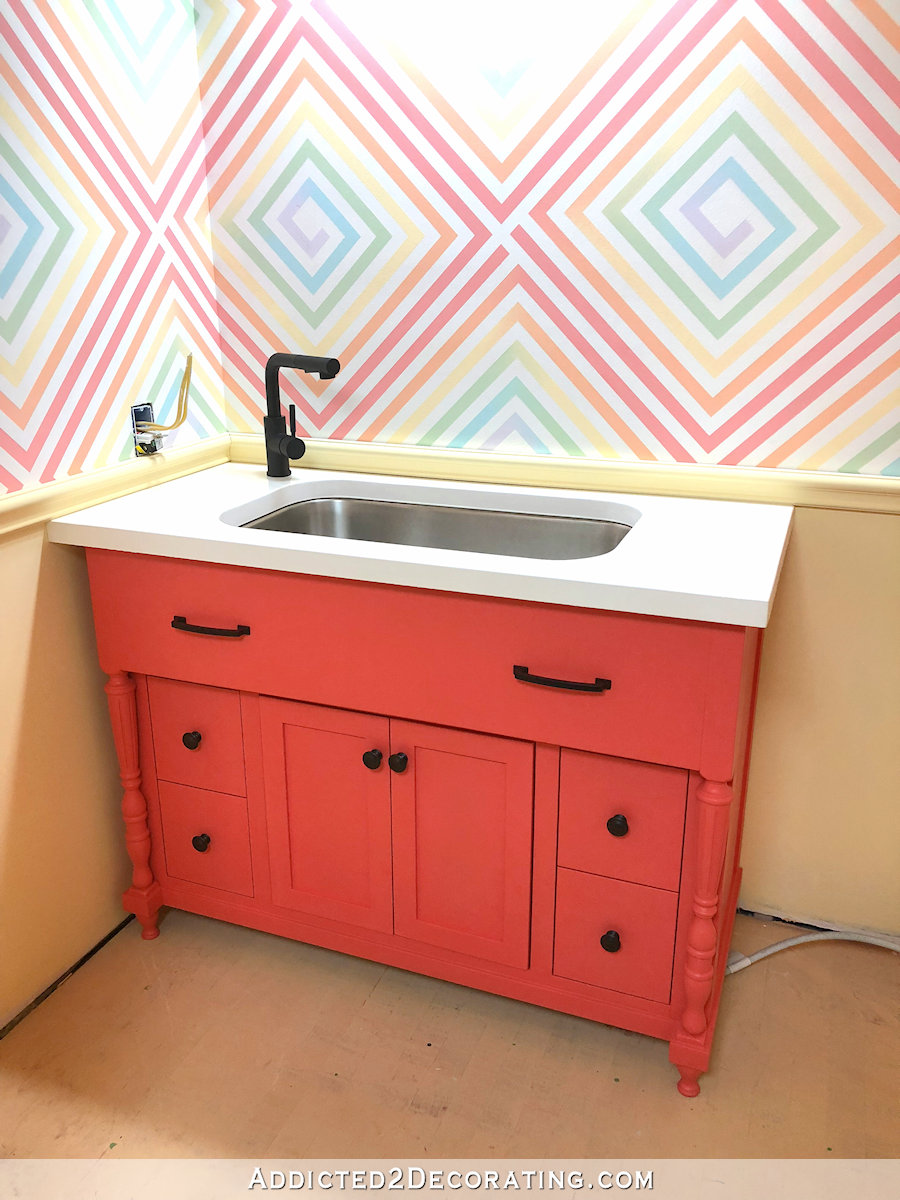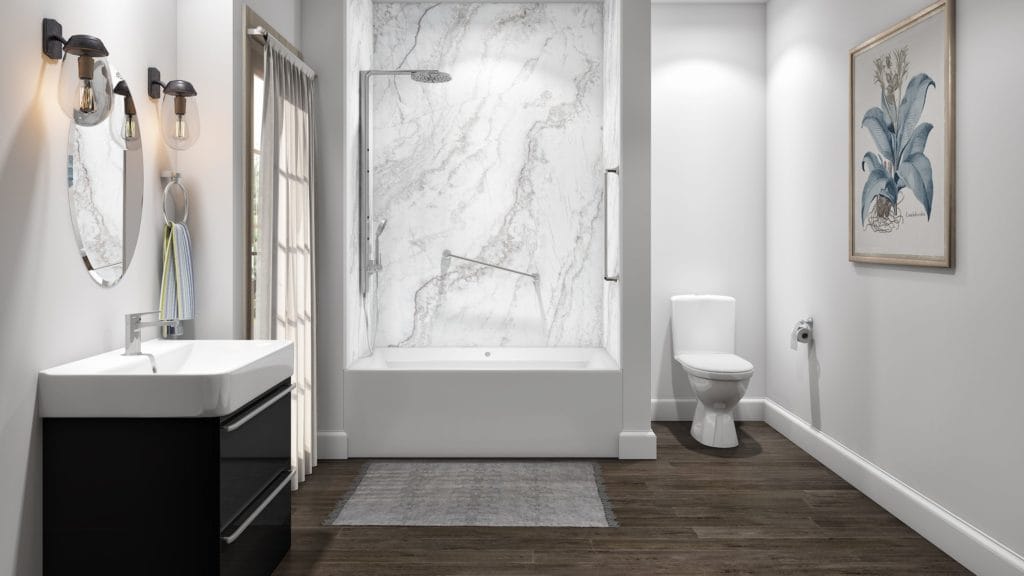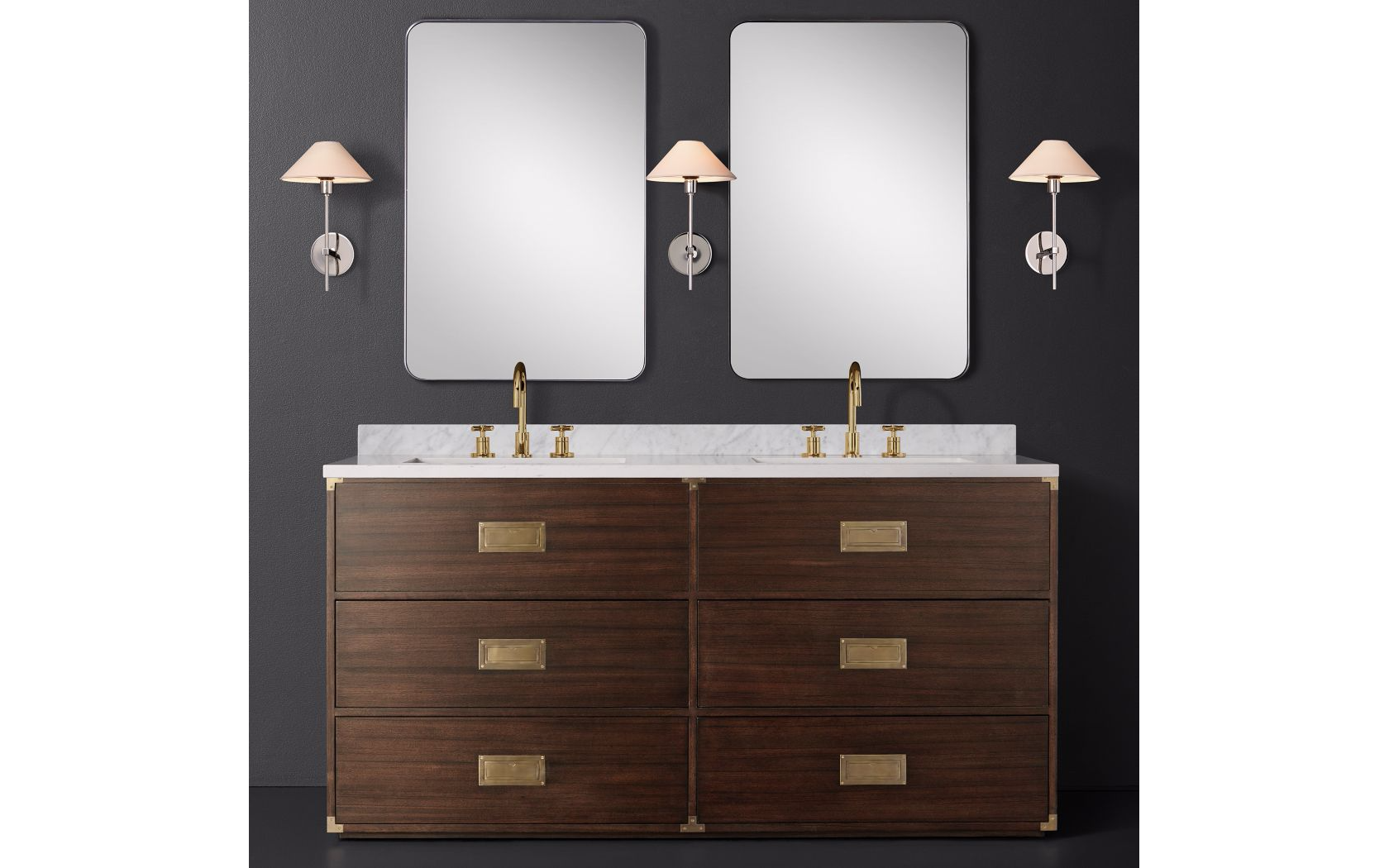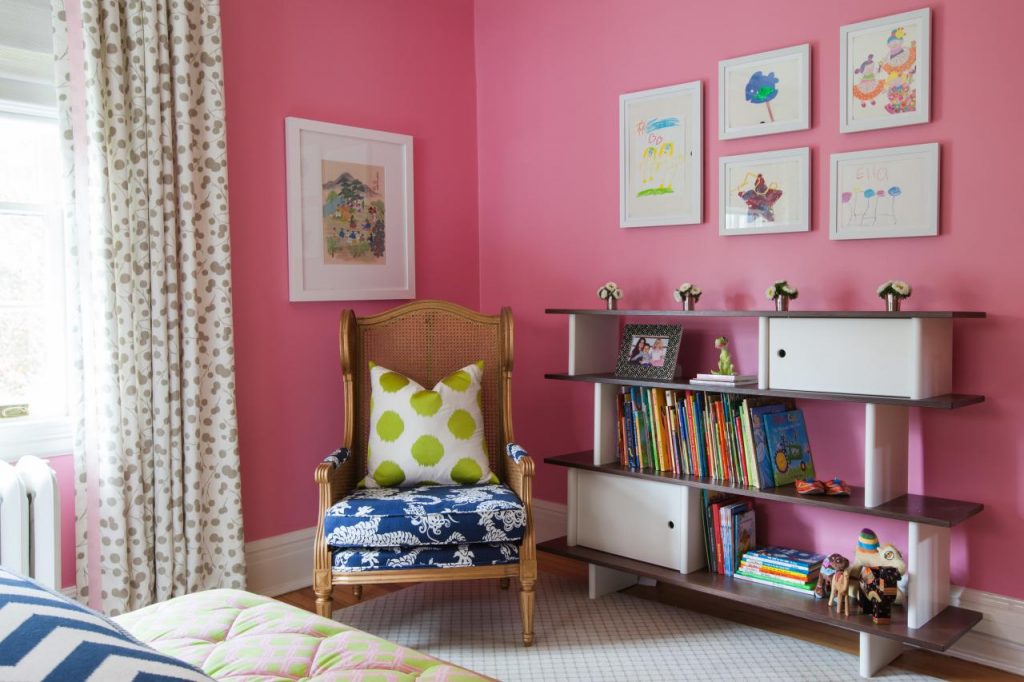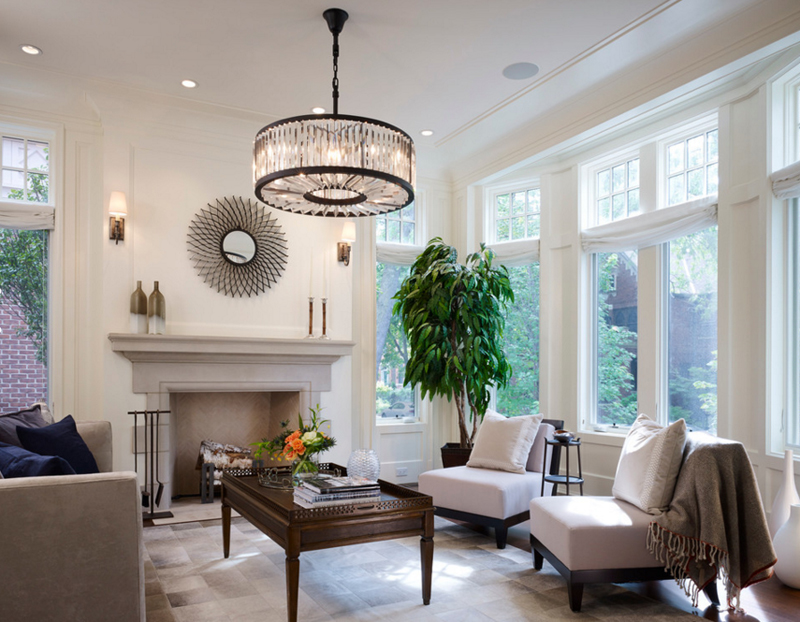When it comes to designing a bathroom, one of the key elements that can make or break the overall look and functionality is the vanity. And while there are plenty of options available, including those made from various materials such as metal, glass, and stone, wooden bathroom vanities remain a popular and timeless choice among homeowners. But when it comes to using wood in a bathroom, there is always the concern of moisture and water damage. After all, the bathroom is a high-humidity environment and constant exposure to water can easily warp and damage wood. This is why it is important to choose the right type of wood for your bathroom vanity to ensure its durability and longevity.Wooden Bathroom Vanity
If you want to go with a wooden bathroom vanity, the first thing to consider is its ability to withstand moisture. This is where waterproof or water-resistant wood comes into play. Some of the top choices for waterproof wood include teak, cedar, and redwood. These types of wood have natural oils and resins that make them resistant to water and rot. They are also less likely to warp or crack, making them ideal for use in a bathroom setting.Waterproof Wood Vanity
In addition to waterproof wood, there are other types of wood that are moisture-resistant. These woods may not be completely waterproof but can withstand exposure to moisture for short periods of time. Some examples include oak, maple, and cherry. These woods are often treated with sealants or finishes that make them more resistant to moisture. However, it is important to keep in mind that even with these treatments, they may still require regular maintenance to prevent damage.Moisture Resistant Bathroom Vanity
Another option for a wooden bathroom vanity is to choose a type of wood that is not naturally moisture-resistant but can be sealed to make it so. This includes popular choices such as pine, birch, and poplar. These woods can be treated with sealants or finishes to create a barrier that protects them from moisture. However, it is important to note that with regular use and exposure to water, the sealant may wear off and require reapplication.Sealed Wood Vanity
If you want the look of wood but are concerned about its durability in a bathroom setting, you can opt for a water-resistant wood vanity. This includes materials such as bamboo, which is known for its moisture-resistant properties. Bamboo is a sustainable and eco-friendly option that can withstand high humidity levels and exposure to water. It is also a durable and strong material, making it a great choice for a bathroom vanity.Water Resistant Wood Vanity
In addition to being resistant to moisture and water, a bathroom vanity made from wood should also be able to withstand high levels of humidity. This is where humidity-proof wood comes in, such as mahogany, ash, and hickory. These types of wood have a natural resistance to humidity and are less likely to warp or rot. They are also strong and durable, making them a great choice for a high-traffic bathroom.Humidity Proof Bathroom Vanity
When it comes to using wood in a bathroom, it is important to not only consider its resistance to moisture but also its ability to withstand other elements such as chemicals and cleaning products. This is where protected wood comes into play. Woods such as walnut, beech, and sapele are known for their resistance to chemicals and stains. This makes them a great choice for a bathroom vanity that will be exposed to various products on a regular basis.Protected Wood Vanity
Another factor to consider when choosing a wooden bathroom vanity is its ability to resist dampness. This includes materials such as teak and cedar, which are known for their natural resistance to rot and mold. These woods have a natural oil content that makes them less susceptible to dampness and can be a great option for a bathroom vanity that will be used frequently.Dampness Resistant Bathroom Vanity
If you have your heart set on a specific type of wood for your bathroom vanity but it is not naturally resistant to moisture, you can opt for a treated wood vanity. This includes materials such as pine and fir, which can be treated with preservatives to make them more resistant to moisture. However, it is important to note that treated wood may still require regular maintenance and reapplication of treatments to prevent damage from water and humidity.Treated Wood Vanity
Last but not least, when it comes to choosing a wooden bathroom vanity, you want to make sure that it is mold-resistant. This is especially important in a high-humidity environment where mold and mildew can easily thrive. Woods such as oak and maple have natural properties that make them resistant to mold and can be a great choice for a bathroom vanity. However, it is still important to properly maintain and care for these materials to prevent any potential mold growth. In conclusion, when it comes to choosing a wooden bathroom vanity, it is important to consider its resistance to moisture, humidity, chemicals, and mold. By choosing the right type of wood and properly maintaining it, you can have a beautiful and durable vanity that will stand the test of time in your bathroom.Mold Resistant Bathroom Vanity
The Benefits of Using Wood for Your Bathroom Vanity
 When it comes to designing your bathroom, one important element that often gets overlooked is the vanity. While there are various materials to choose from for your vanity,
wood
is a popular choice for many homeowners. Not only does it add a touch of warmth and elegance to the space, but it also offers a range of benefits that make it a practical and safe option for your bathroom.
When it comes to designing your bathroom, one important element that often gets overlooked is the vanity. While there are various materials to choose from for your vanity,
wood
is a popular choice for many homeowners. Not only does it add a touch of warmth and elegance to the space, but it also offers a range of benefits that make it a practical and safe option for your bathroom.
1. Durability
 One of the main concerns when it comes to choosing materials for your bathroom is water resistance. Luckily,
wood
is known for its durability and can withstand the moisture and humidity found in bathrooms. With proper sealing and maintenance,
wood
can last for years without warping or deteriorating.
One of the main concerns when it comes to choosing materials for your bathroom is water resistance. Luckily,
wood
is known for its durability and can withstand the moisture and humidity found in bathrooms. With proper sealing and maintenance,
wood
can last for years without warping or deteriorating.
2. Versatility
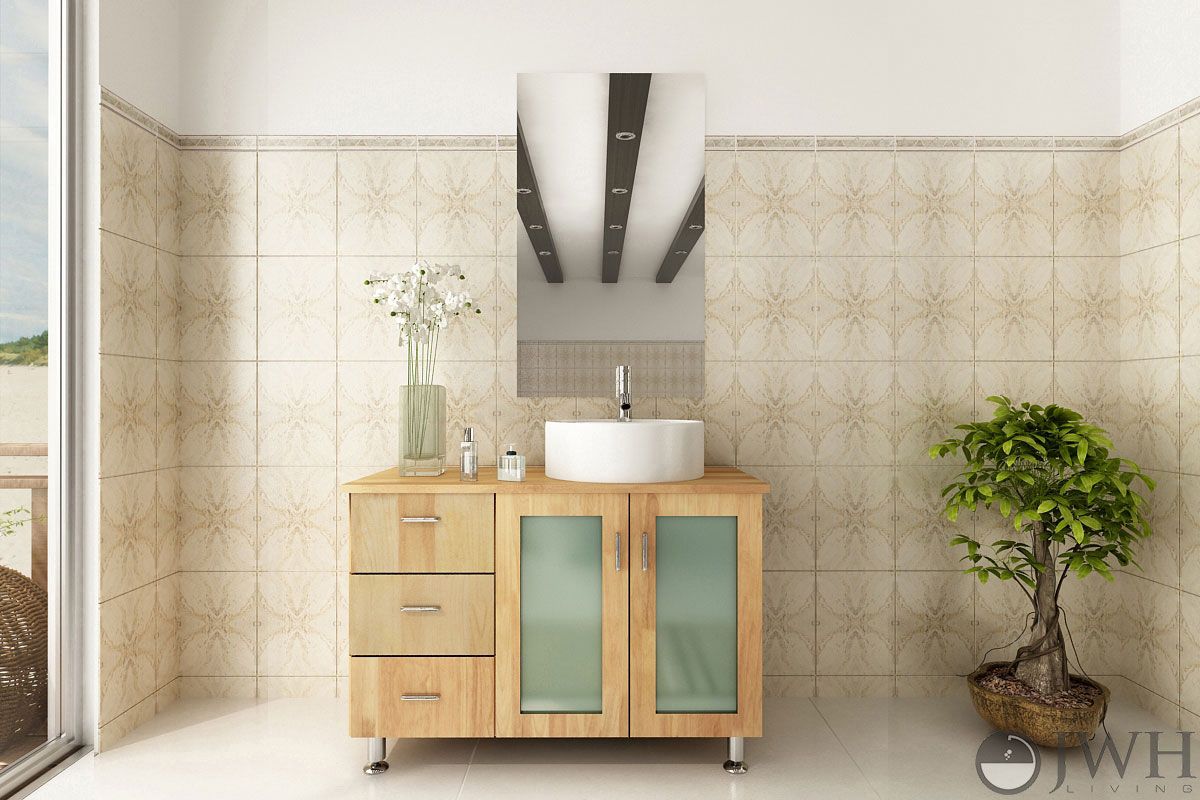 Another advantage of using
wood
for your bathroom vanity is its versatility in design. With different types of wood and finishes available, you can create a unique and personalized look for your bathroom. Whether you prefer a modern or traditional style,
wood
can easily adapt to any design aesthetic.
Another advantage of using
wood
for your bathroom vanity is its versatility in design. With different types of wood and finishes available, you can create a unique and personalized look for your bathroom. Whether you prefer a modern or traditional style,
wood
can easily adapt to any design aesthetic.
3. Eco-Friendly
 In today's world, more and more people are becoming environmentally conscious and looking for ways to reduce their carbon footprint.
Wood
is a sustainable and renewable resource, making it a more eco-friendly option compared to other materials. By choosing
wood
for your bathroom vanity, you can contribute to a greener and more sustainable future.
In today's world, more and more people are becoming environmentally conscious and looking for ways to reduce their carbon footprint.
Wood
is a sustainable and renewable resource, making it a more eco-friendly option compared to other materials. By choosing
wood
for your bathroom vanity, you can contribute to a greener and more sustainable future.
4. Timeless Appeal
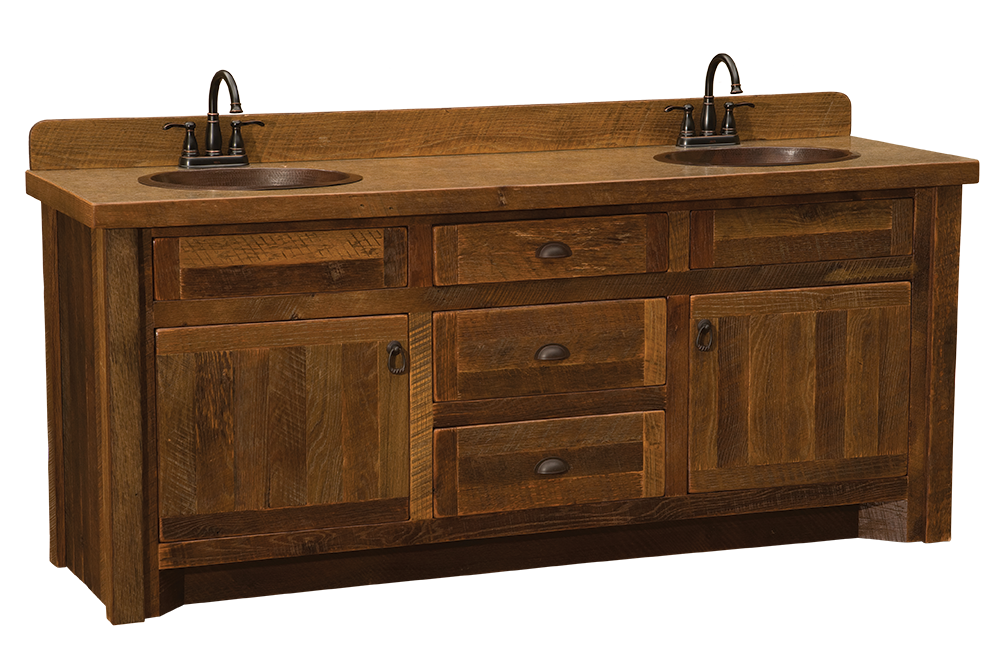 Unlike other trendy materials,
wood
has a timeless appeal that never goes out of style. It adds a classic and elegant touch to any bathroom and can easily blend in with any decor changes over the years. This makes it a valuable investment that will stand the test of time.
In conclusion,
wood
offers a range of benefits that make it a safe and practical choice for your bathroom vanity. Its durability, versatility, eco-friendliness, and timeless appeal make it a popular option among homeowners. So if you're looking to design a beautiful and functional bathroom, consider using
wood
for your vanity.
Unlike other trendy materials,
wood
has a timeless appeal that never goes out of style. It adds a classic and elegant touch to any bathroom and can easily blend in with any decor changes over the years. This makes it a valuable investment that will stand the test of time.
In conclusion,
wood
offers a range of benefits that make it a safe and practical choice for your bathroom vanity. Its durability, versatility, eco-friendliness, and timeless appeal make it a popular option among homeowners. So if you're looking to design a beautiful and functional bathroom, consider using
wood
for your vanity.

